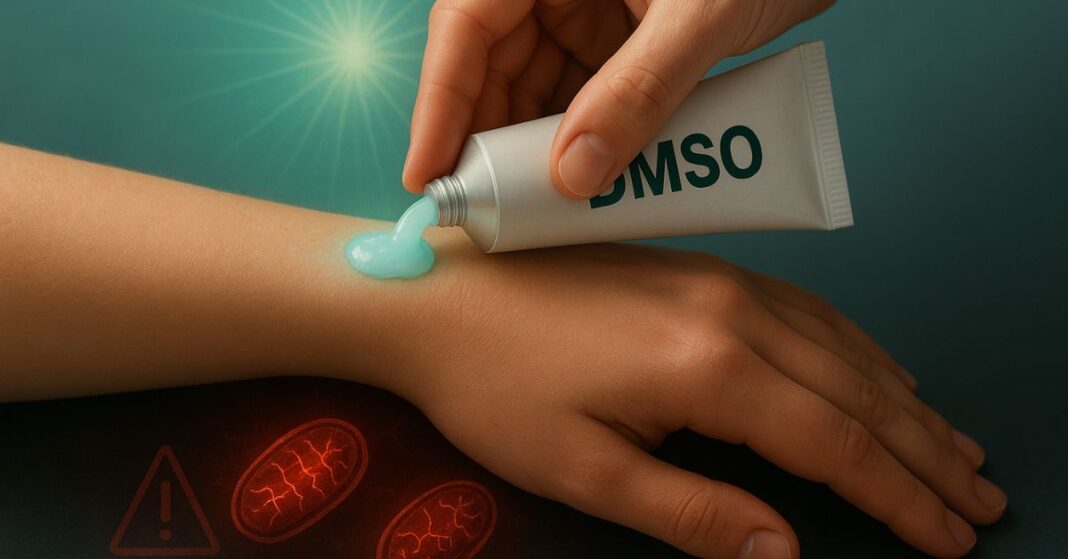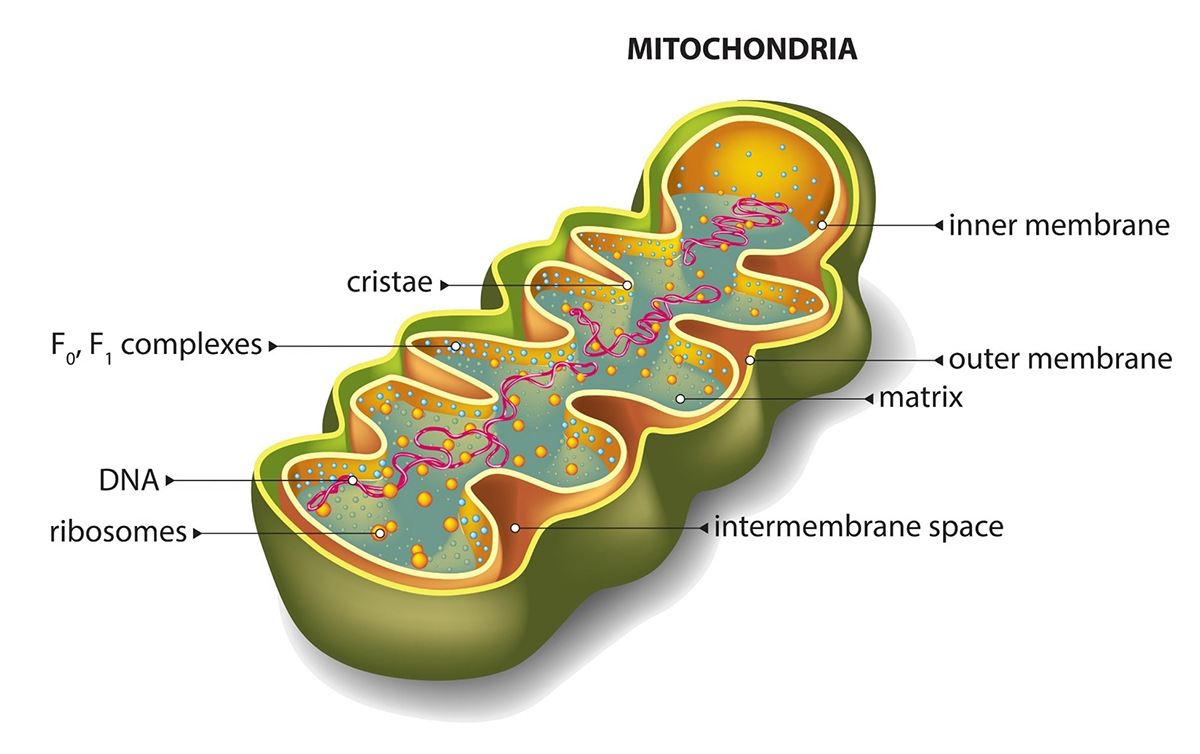I’m sure you’ve heard a lot about DMSO (dimethyl sulfoxide) recently. Everybody seems to be pushing it. There are bullish articles everywhere on the web, largely by people who sell it, or offer it as treatment in their facility, of course. It’s fenced around by the usual “secret”, “what they don’t want you to know” and “nobody is talking about…” marketing twaddle.
So, what is the truth? You rely on me, I know, to pick my way through the B*S* and report back honestly.
First off, it is wonderful stuff; it does wonderful things. It’s relatively safe, relatively inexpensive and easy to use; BUT THERE IS AN IMPORTANT DOWNSIDE. Nobody seems to bother much with that.
 DMSO is made from pulped trees
DMSO is made from pulped trees
Let’s start with a summary of good things it can do…
A fast-acting pain + inflammation tamer.
DMSO is framed first as a topical analgesic and anti-inflammatory—rub it on and it sinks deep, easing joints, tendons, muscles, bursitis, and assorted ouches. Clinics offering IV DMSO extend the claim to chronic pain syndromes and fibromyalgia, crediting improved microcirculation and immune modulation.
Gut Healing
In our modern world, with toxic foods and overload, DMSO has welcome soothing properties. A recent wave of holistic commentary proposes DMSO as an “umbrella remedy” for GI inflammation—Crohn’s, ulcerative colitis, IBS, SIBO, leaky gut, even diverticulitis—on the logic that it reduces inflammation, supports microcirculation, and calms “cells in shock.”
But this is from “health researchers” who just Google for their “facts” and so get their advice badly wrong sometimes.
To me that’s all nonsense: you identify your bandit foods and stop eating them and (of course) stop the ultra-processed and chemicalized junk food. That way you don’t need anti-inflammatories!
A Nerve Protector
Strokes, spinal cord injuries, TBI (traumatic brain injuries), and other causes of neuro-degeneration often lead to severe disabilities because treatment options are limited. DMSO offers hope in these scenarios by protecting nerve cells from damage caused by inflammation and oxidative stress, two factors that worsen brain injuries.
Bladder Friend
Holistic sources often point to intravesical (in-bladder) DMSO for the relief of interstitial cystitis, radiation cystitis, and chronic prostatitis.
A “Rocket Sled” Carrier
One of the great properties of DMSO is that it is amphiphilic. That means it dissolves in both water- and fat-based liquids. That probably accounts for its ability to rapidly penetrate the skin and to drag other molecules (ie. herbs, nutrients and other remedies) with it.
Practitioners and community forums pair it with aloe, magnesium, iodine, B-vitamins, herbs, or targeted meds—arguing you can get local effects without blasting the whole body. Cue the warning chorus: keep application clean and avoid contaminants, because DMSO will ferry them in too!
Surprising Cancer Benefits (BUT…)
Researchers investigated DMSO’s impact on both blood cancer (leukemia) cells and epithelial cancer cells (representing solid tumors), found that DMSO significantly inhibited cell growth in all tested cancer cell lines, including MV4-11 and TF-1a leukemia cells, as well as Hep-G2 liver cancer cells and MCF7 breast cancer cells.
It also enhanced apoptosis (cell suicide).
This inhibition was both dose and time-dependent, with noticeable effects starting at concentrations as low as 2% DMSO. At 10% DMSO, growth inhibition reached up to 69% in some cell lines after 72 hours of exposure.1
However, I shall argue further down that using such concentrations as 2% is asking for trouble and should not be used in such a cavalier fashion. 10% DMSO is really a measure of desperation and there is no need to act in desperation with cancer. If you start early enough, there are many mild, holistic tools to bring to bear.
An Antimicrobial/Antiviral Helper
DMSO can inhibit the growth of several bacteria in vitro, and a number of viruses, notably the Herpes family (cold sores and genital Herpes). It works best and has had the most research when used in conjunction with idoxuridine.
The Downside
There are a few side effects, a couple of them trivial and one problematic.
1) Hygiene and cleanliness are critical. DMSO will ferry anything into the body, via the skin or elsewhere it is used. That means it will carry in pathogens and toxins, as surely as it will transport remedies. For that reason use only pure pharmaceutical-grade DMSO. But beware: There are many companies out there that will try to sell you “Pharma Grade” DMSO that is really commercial or industrial grade.
2) DMSO stinks. The unpleasant garlicky smell (unfair to garlic!) is quite penetrating. It will carry on your breath and from your skin (a bit like tea tree oil – Melaleuca or teetree oil).
But much more important is…
Poor Mitochondria
Educated laymen and women now know just how very important our mitochondria are. They are our energy bunnies and generate life in the way they create molecules of ATP. Without them, we’d die pretty fast. When they don’t work so well, we feel tired and age faster.
DMSO damages our mitochondria. There: it’s said. Only at significant concentrations but it does do harm.
In cultured astrocytes (brain cells), just 1% DMSO exposure for 24 hours impaired membrane potential and triggered ROS production (reactive oxygen species or free radicals, which are exceptionally harmful to mitochondria); at 5%, mitochondrial collapse and cell death occurred.3
So much for the anti-cancer properties.
Other damaging effects include:
• Swelling of mitochondria and loss of cristae (the internal folds essential for energy production).
• Decline of mitochondrial membrane potential, impairing ATP generation.
• Increased ROS production beyond cellular capacity to compensate.
• Release of cytochrome C, triggering programmed cell death (apoptosis).
Moreover, in isolated rat hepatic mitochondria, DMSO induced swelling and structural damage.2
In rat heart tissue freezing studies, DMSO protected structural survival but mitochondrial function still declined, especially after freezing to -20°C.4
Thus, while DMSO may preserve tissues or organs under stress, such as cooling, it often does so at the expense of mitochondrial integrity when concentrations are high.
When it takes 2% or more to work against cancer cells but only 1% concentration damages our mitochondria, I would say skip most of the holistic treatments that DMSO is famous for.
To your health,
Prof. Keith Scott-Mumby
The Alternative Doctor
References:
- Journal of Medical Discovery; Philadelphia Vol. 5, Iss. 4, (2020): 1,211. DOI:10.24262/jmd.5.4.20055
- Ma L, Dong JX, Fu WR, Li XY, Chen J, Liu Y. Mitochondrial morphology and function impaired by dimethyl sulfoxide and dimethyl Formamide. J Bioenerg Biomembr. 2018 Aug;50(4):297-305. doi: 10.1007/s10863-018-9759-7. Epub 2018 May 17. PMID: 29770896
- Yuan C, Gao J, Guo J, Bai L, Marshall C, Cai Z, Wang L, Xiao M. Dimethyl sulfoxide damages mitochondrial integrity and membrane potential in cultured astrocytes. PLoS One. 2014 Sep 19;9(9):e107447. doi: 10.1371/journal.pone.0107447. PMID: 25238609; PMCID: PMC4169574
- Offerijns FG, ter Welle HF. The effect of freezing, of supercooling and of DMSO on the function of mitochondria and on the contractility of the rat heart. Cryobiology. 1974 Apr;11(2):152-9. doi: 10.1016/0011-2240(74)90305-8. PMID: 4281379
Additional Resources:
Mercola, J. “Dimethyl Sulfoxide (DMSO): Benefits, Uses and Side Effects.” Article, November 8, 2024.
A Midwestern Doctor (hosted on Mercola.com). “How DMSO Heals the Gut and Cures Gastrointestinal Diseases.” Article, September 26, 2025.





